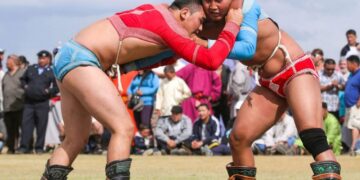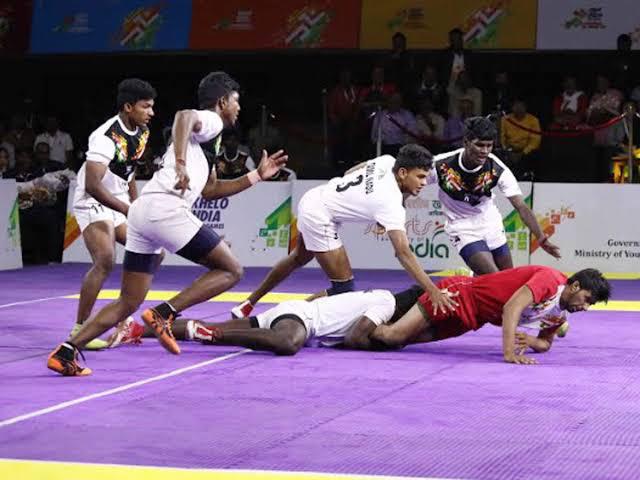In Singapore, modern life often means spending hours sitting in a chair on most days. Working at your desk, commuting on the MRT, and streaming marathons all add up to a whole lot of sitting, and your body absolutely hates it. Stiff necks, aching lower backs, and fatigue are all ways your body revolts against a sedentary lifestyle.
Luckily for you, there’s a fun way to combat the adverse effects of sitting down all day: martial arts training. The physical and mental benefits you gain from learning martial arts, such as Brazilian Jiu-Jitsu (BJJ), Wrestling, Muay Thai, and Boxing, can help compensate for spending too much time sitting down.
The Sedentary Slump: Why Sitting Stinks
Your glutes aren’t the only muscle that becomes weaker when you regularly park your backside on a chair for more than eight hours. Sitting for prolonged periods is linked to a higher risk of heart disease, some forms of cancer, and early mortality. The adverse effects of sitting down all day are comparable to the health risks associated with obesity and smoking.
Sedentary lifestyles also contribute to elevated high blood pressure, high blood sugar, unhealthy cholesterol levels, and excess fat around your midsection. Sitting down for prolonged periods also increases your risk of mental health disorders like depression, which impact your focus and productivity.
Some of the ways martial arts training helps reverse the effects of aging include:
1) Provides All the Exercise Your Body Needs
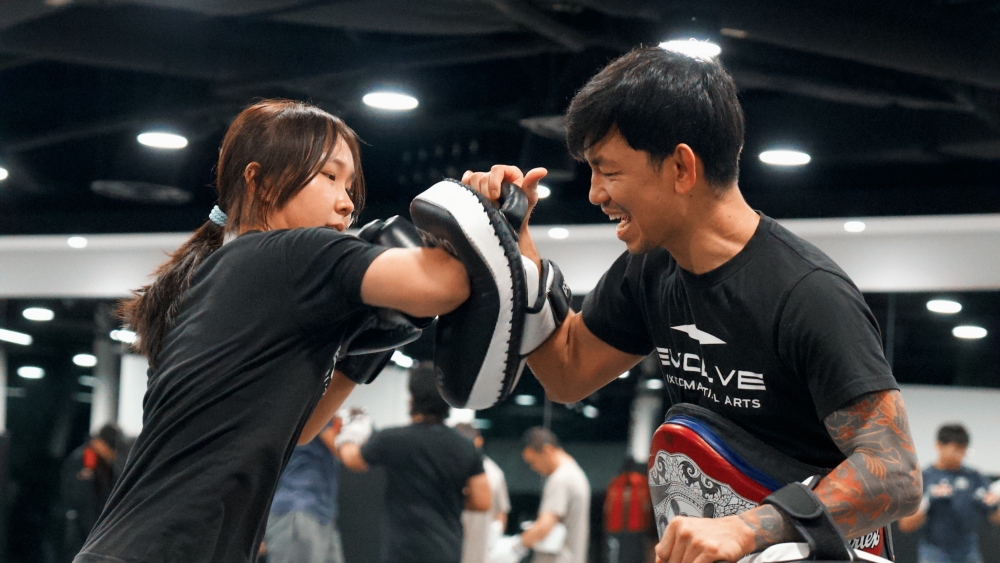
Martial arts like Muay Thai, BJJ, and Boxing provide full-body workouts that build functional strength, burn up to 1,000 calories per hour, and counter the health effects of prolonged sitting.
Martial arts training provides all the exercise your body needs to stay healthy, even if you spend most of your day sitting.
For starters, combat styles like BJJ, Muay Thai, Boxing, and Wrestling engage every muscle in your body, making them strong, bigger, and more defined. The best part is that you gain functional strength that’s useful outside the dojo.
Training also provides a mix of aerobic and anaerobic exercise, which helps protect you against the negative effects of prolonged sitting, such as poor cardiovascular health, high blood pressure, and elevated cholesterol levels.
An hour spent training in martial arts, such as Muay Thai, can burn up to 1,000 calories, making it an effective way to eliminate stubborn belly fat. The calorie burn you get from training doesn’t end when you step out of the dojo; your body continues to burn calories at a higher rate long after you’re done training because of the afterburn effect.
Combine martial arts training with a calorie deficit, and you’ll be a lean, fighting machine in no time.
2) Improves Mobility And Flexibility
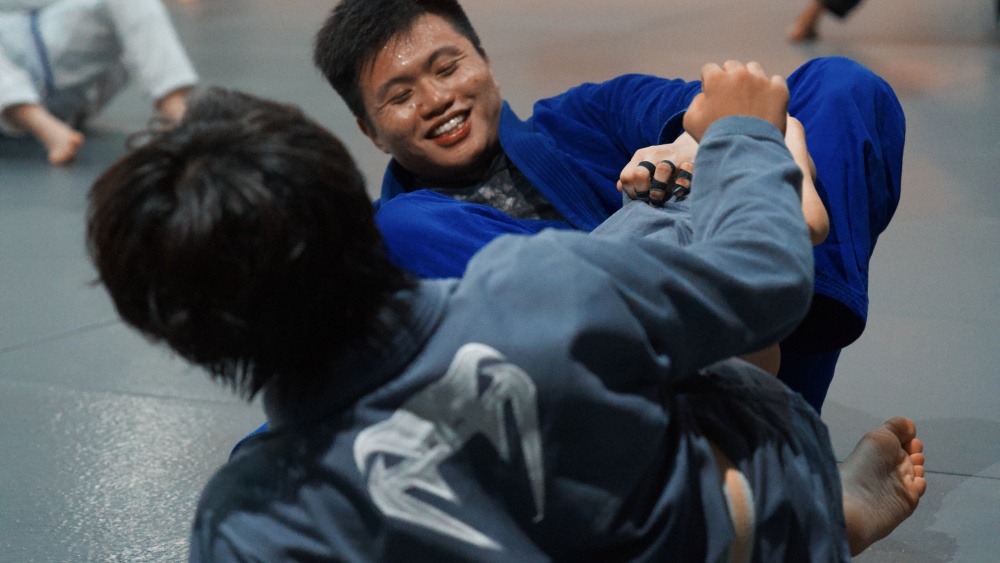
Martial arts training improves flexibility, mobility, and posture by strengthening muscles weakened by sitting and promoting full-body movement that relieves stiffness and joint pain.
Martial arts training involves learning techniques that improve your flexibility and mobility. Techniques like roundhouse kicks stretch your hips to their limit, gradually increasing flexibility over time. That’s exactly what anyone who spends all day sitting down needs to prevent the stiffness caused by being sedentary.
Your instructors will have you performing various new movements when you start training, which help loosen your joints, improve your balance, and enhance your coordination.
Nagging pain, like back aches, is sometimes your body’s way of crying out for more movement. Sitting compresses your spinal discs, weakening muscles that are tasked with stabilizing and supporting your spine.
Martial arts training gets you moving dynamically, as it involves learning a variety of whole-body movements that engage your entire body. For example, styles like Boxing and Muay Thai teach you to generate rotational power when throwing strikes, mobilizing your spine through healthy ranges of motion.
Grappling styles like BJJ, Wrestling, and Judo strengthen your core, protecting you against the effects of prolonged sitting.
As a matter of fact, most martial arts help to strengthen the stabilizer muscles in your spine, glutes, hamstrings, and lats —muscles that are often weakened by sedentary lifestyles!
3) Widens Your Social Net
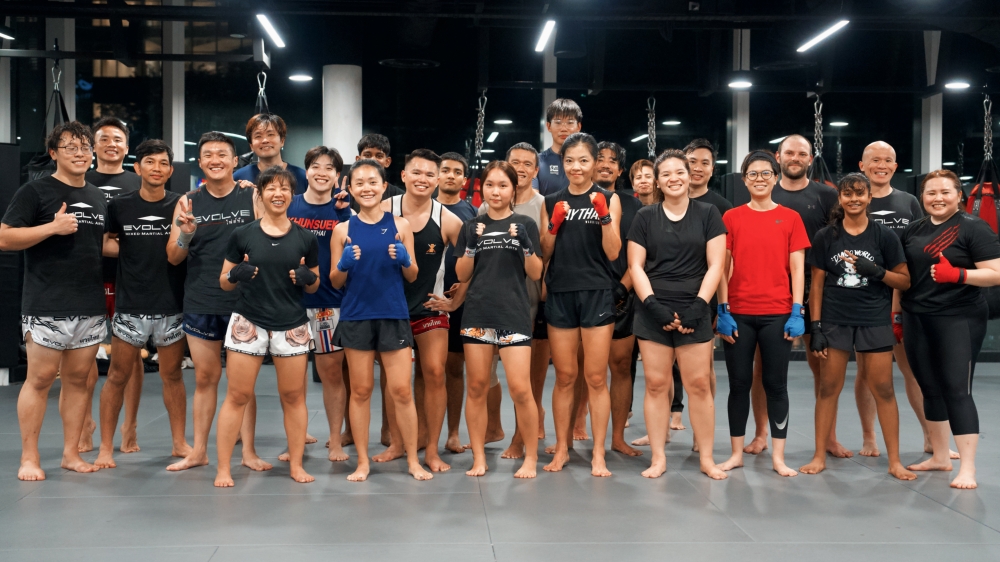
Martial arts training fosters lasting friendships with like-minded partners who support your growth, keep you motivated, and make fitness a fun and social experience.
Martial arts training connects you with people who share your passion for training. Your training partners will help you push through grueling training sessions, offer you valuable tips on techniques, and celebrate your successes with you.
Many lifelong friendships begin in martial arts dojos, and these friendships can help pull you away from a sedentary lifestyle. You won’t just spend time with your training partners in the dojo; you’ll have lots of fun with them outside the dojo.
4) Provides A Metabolic Boost

Martial arts training boosts metabolic health by mixing intense activity with rest, helping counteract the risks of a sedentary lifestyle like insulin resistance and high blood pressure.
Sedentary behavior slows your metabolism and raises your risk of health conditions like insulin resistance and type 2 diabetes. Martial arts training flips the script by alternating between periods of high-intensity exercise with short rest periods, which is excellent for your metabolic health. Even low-intensity martial arts, such as tai chi, have been linked to metabolic improvements, including lower blood pressure and improved lipid profiles, in older adults.
5) Protects Your Mental Health
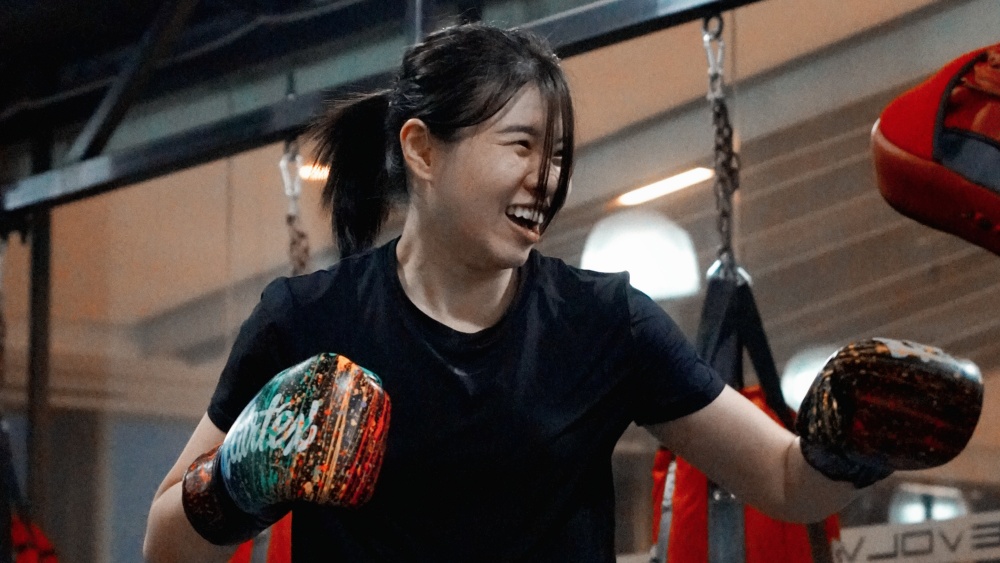
Martial arts training boosts mental health by releasing mood-lifting endorphins, providing stress relief through pad work, and fostering a strong sense of community and connection.
Hitting pads isn’t just exercise for your body; it’s therapeutic for your mind. High-intensity exertion triggers the release of endorphins, your body’s natural mood boosters, which help combat stress and anxiety. The act of hitting objects like heavy bags serves as destructive therapy, allowing you to unleash pent-up frustration in a safe, controlled way.
The social aspect of training is equally beneficial for your mental health, as it provides a sense of belonging and community. Isolation increases your risk of developing mental disorders like depression, which lowers your quality of life and reduces productivity at work. Training martial arts ensures you spend a few hours socializing regularly, which helps keep your mind healthy, especially if you don’t spend much time socializing outside the dojo.
6) Improves Sleep Quality
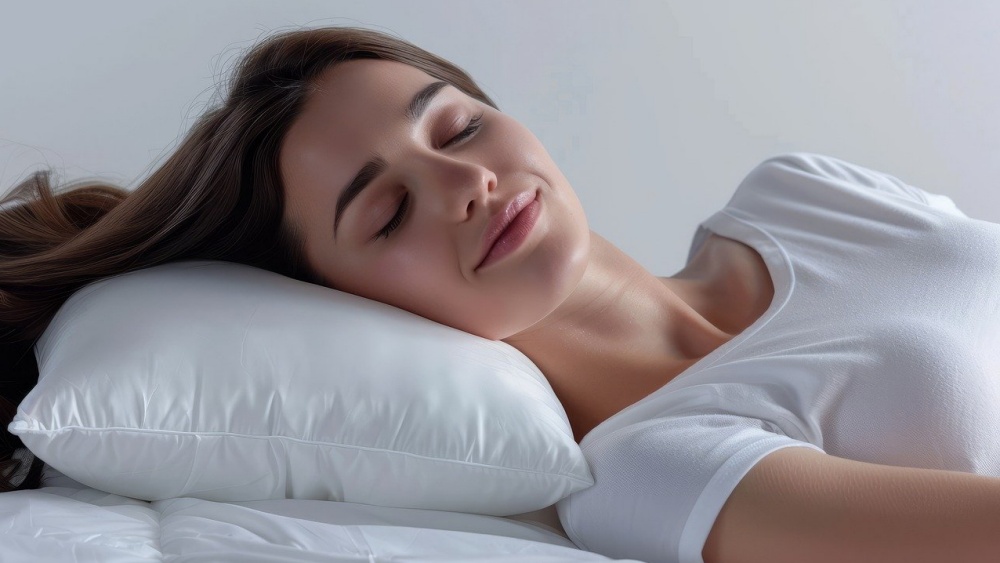
Martial arts training tires your body and boosts feel-good hormones, helping you fall asleep faster and enjoy deeper, more restful sleep.
One of the worst aspects of sedentary lifestyles is that your body may not feel tired by bedtime, as you haven’t engaged in much physical activity all day. Martial arts training pushes your body, leaving you tired by the time you go to bed.
The feel-good hormones that exercise produces help keep you happy and relaxed, allowing you to fall asleep quickly and enjoy quality rest.
Sit Less, Move More!
You don’t need a black belt to reap the rewards of signing up for martial arts classes. Every strike, every stance, and every technique you drill moves you farther from a sedentary slump and closer to a stronger, healthier you.
Sign up for a complimentary class at Evolve MMA and discover how martial arts training can reduce back pain, fire up your metabolism, improve mobility, and protect your mental health.
Book your complimentary trial class with our World Champions below!
If you have any other questions regarding Evolve MMA and the programs we offer, you can get in touch with our membership executives at the following locations:
Evolve MMA (Orchard Central)
181 Orchard Road
#06-01 Orchard Central
Singapore 238896
Phone: Evolve MMA (KINEX)
11 Tanjong Katong Road
#02-52 KINEX
Singapore 437157
Phone: Evolve MMA (Star Vista)
1 Vista Exchange Green
#02-26A The Star Vista
Singapore 138617
Phone: (65) 6539 9590
In BJJ, Submission Grappling, and Wrestling, improving your ability to explode into takedowns doesn’t just add more brute strength to your takedowns, it also allows you to close distances quicker as your entry speed increases….
Many professional athletes incorporate swim training into their workout routines to take their training to the next level. Swim training pushes your lung capacity and muscle endurance, helping to build you into a more durable,…
Intermittent fasting (IF) has been popular among martial arts fighters for decades, with legends like Georges St. Pierre swearing by its effectiveness. While the idea of skipping meals before intense training often sparks debate, this…
Many people think ripped muscles, lightning hand and leg speed, and perfect technique are the only things you need to develop knockout power in striking-based martial arts such as Muay Thai, Boxing, and Mixed Martial…
Flexibility plays a crucial role in how well you can execute many fighting techniques. For example, you need a certain level of hip flexibility to throw high kicks in Muay Thai or to use the…
Your isometric strength plays a role in martial arts like Brazilian Jiu-Jitsu, Wrestling, Boxing, and Muay Thai, whether you realize this or not. Anything that requires holding a position while fighting against tension and other…
In Brazilian Jiu-Jitsu and Submission Grappling, solo grappling drills help to keep your skills razor-sharp even on days you don’t have anyone to roll around on the ground with. These exercises allow you to get…
High-intensity interval training (HIIT) alternates all-out efforts with brief rest or low-intensity periods. Unlike steady-state cardio, HIIT exercises, martial arts such as Muay Thai, and some aspects of BJJ, pushes you into anaerobic zones. Think…
Bullying often brings out all sorts of negative emotions in children, and parents usually don’t know how to start the conversation. Children tend to be hesitant to admit they’re getting bullied because it often makes…
You’ve probably heard that martial arts training builds character, discipline, and confidence, but did you know it can also help children with attention-deficit/hyperactivity disorder (ADHD) manage their symptoms? In a fast-paced, academically driven place like…
Nowadays, it’s common for teenagers to spend hours each day on electronic devices like smartphones, tablets, TVs, and gaming consoles. Most of them spend way more time staring at screens than they do on their…
Feeling a little anxious heading into your first sparring session in martial arts is perfectly normal. You’ve never had the chance to test your skills against resisting opponents, and you’re unsure about how well you’ll…










